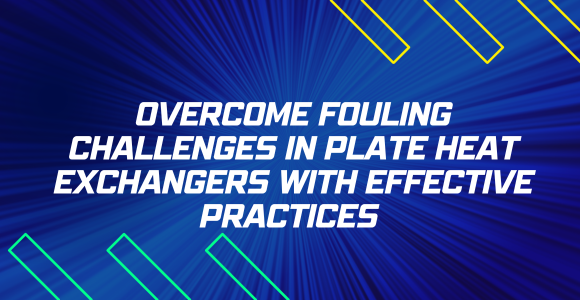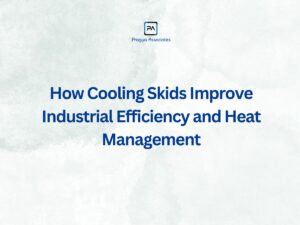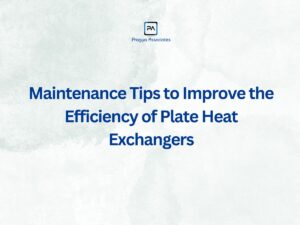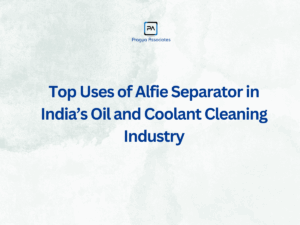Fouling is a significant concern in the world of plate heat exchangers. It’s like the dust that settles on a mirror and gradually makes it less effective with time. This blog will discuss the challenges of fouling in plate heat exchangers. It will help people understand their impact and find practical solutions to keep these devices working efficiently.
What is Fouling?
In plate heat exchangers, Fouling is when unwanted stuff from the fluids passes through sticks to the surface of the heat exchanger. It is just like the dirt that accumulates on a car’s windshield, making it harder for the driver to see thoroughly. Fouling also comes with another major issue of slowing down the process of heat exchange.
Why is it a Challenge, and why should one care?
- Loss of Efficiency: Fouling slowly reduces the efficiency of heat exchangers. It is just like a dirty car’s engine that consumes more fuel. A fouled heat exchanger also needs extra energy to do its job. As a result, the energy bills will increase, and you will have to spend more money.
- Financial Impact: Fouling isn’t just a small issue; it can cost a huge amount of money. When the heat exchanger doesn’t work well because of Fouling, it will end up spending more on energy. Dealing with Fouling is like finding ways to save on monthly expenses.
- Process Disruptions: In industries, Fouling is a serious issue causing disruption of procedures and delays in production. When heat exchangers don’t work properly due to Fouling, it can affect production schedules and overall productivity.
Why Does Fouling Matter?
Fouling isn’t just a minor inconvenience. It can cost you money. When your plate heat exchanger isn’t working efficiently due to Fouling, you might need more energy to heat or cool things. That means higher energy bills and extra expenses.
How to Deal with Fouling?
Here are some steps to prevent Fouling and keep your plate heat exchanger in top shape:
- Regular Cleaning: Just like a home, the heat exchanger also needs regular cleaning. Set up a schedule to remove fouling deposits and keep things running smoothly. Regular cleaning also extends the lifespan of your heat exchanger, ensuring it serves you well for years.
- Smart Fluid Choices: The choice of fluids that are used matters when it comes to the prevention of fouling in Plate Heat Exchangers. Picking up the right fluids for your process can help reduce the chances of fouling in the devices. It is just like using the right tools for the job. Choosing compatible fluids not only prevents Fouling but also improves the overall efficiency of the system.
- Clever Design: Some heat exchangers have smart designs that reduce Fouling. These designs create turbulence in the flowing patterns of the fluid. It usually makes it harder for fouling to stick. Innovative design not only minimises Fouling but also maximises the transfer of heat, saving more energy and money.
- Material Matters: The material of the heat exchange plates makes a whole lot of difference. Some materials are known to resist the state of Fouling better than others. It is similar to choosing durable materials for your home. It is vital to opt for fouling-resistant materials to ensure that the heat exchanger operates efficiently throughout its lifecycle.
- Keep an Eye Out: Regularly check your heat exchanger’s performance. If you spot fouling early, you can fix it before it becomes a big issue. Monitoring also allows you to fine-tune your maintenance schedule, optimising the heat exchanger’s efficiency and reliability.
In the end, Fouling is a real challenge in plate heat exchangers, affecting efficiency, finances, and processes. But with regular maintenance and these steps, you can minimise its impact, keep your heat exchanger working well, and save money. Fouling is a common issue in plate heat exchangers, but with the right maintenance and strategies, the heat exchanger can work efficiently by ensuring smooth processes.




